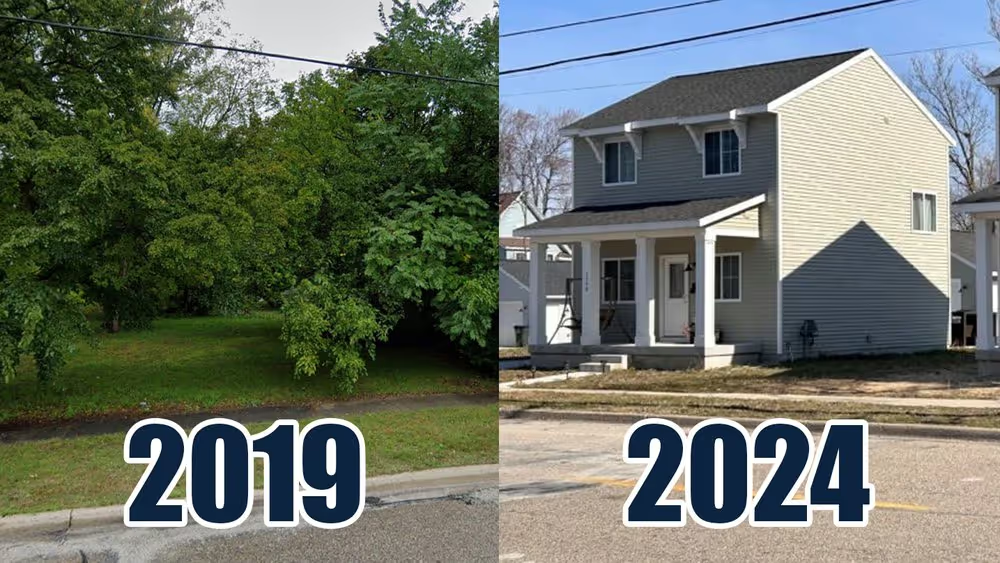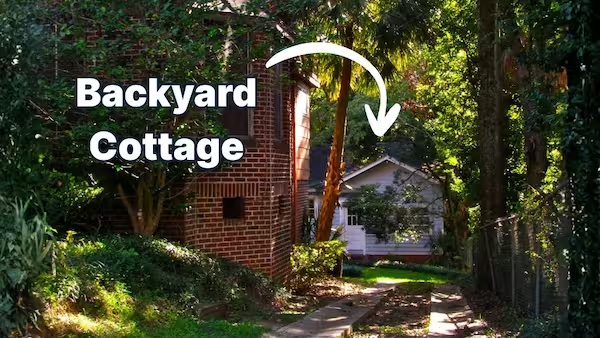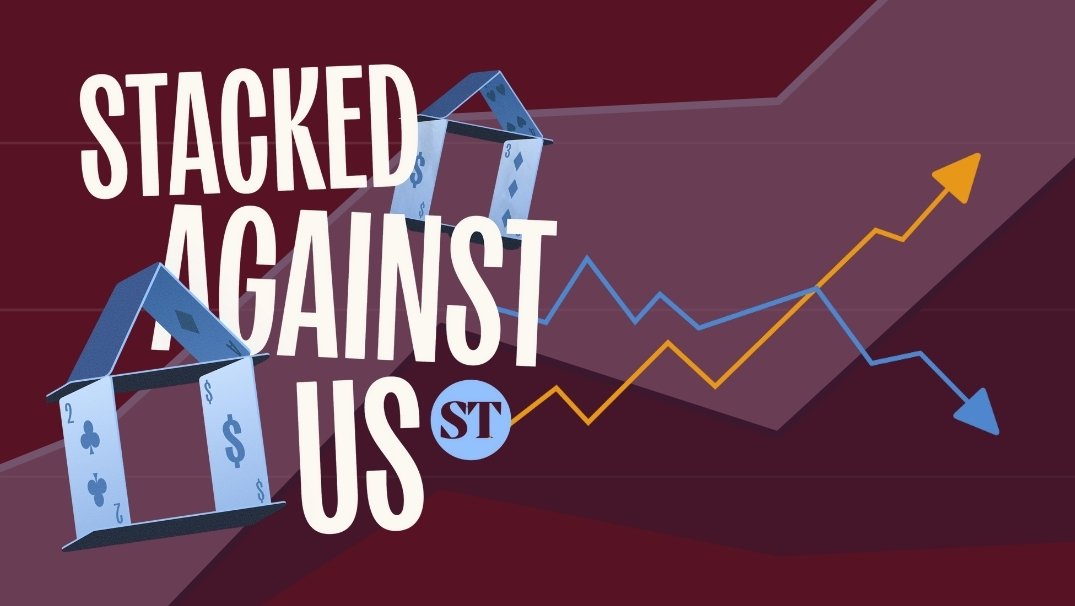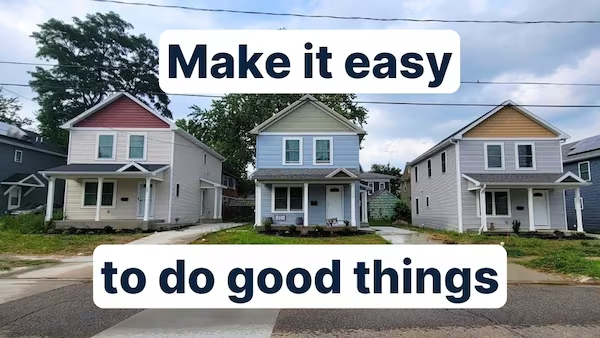
Like many cities across the United States, Muskegon, Michigan, has a shortage of housing and a surplus of vacant, abandoned lots. That’s why in 2019 the city enacted a program that allows it to redevelop those lots into housing at both a low risk to the city and an affordable margin for the prospective buyer.
According to Jake Eckholm, who pioneered the program and otherwise works as Muskegon’s director of development services, the infill program has accounted for 60% of the new housing construction within city limits since 2018. Moreover, that infill isn’t concentrated only in affluent districts and the waterfront. It’s filling in the gaps in neighborhoods like Jackson Hill, Angell, and Marsh Field, which have weathered divestment for decades.
“If we weren’t creating this housing market, there really wouldn’t be a housing market in the city limits for this type of product, for just everyday homes that working families would want to attain,” he told Crain’s Grand Rapids Business. “It’s showing us that the program is working, because … you can see fewer and fewer vacant city lots in these core neighborhoods and more and more attainable housing units that are owner-occupied being infilled. It’s gratifying to see.”
A key feature of the program is how the city uses tax increment financing, or TIF, to finance the homes for less than for what it would cost others to build. According to Eckholm, new construction averages at about $220 to $250 per square foot to build, which would put a 1,000-square-foot “starter home” at $220,000 to $250,000. In using TIF, the city is able to deliver a similar home for $135,000 to $200,000, which more accurately aligns with the area median income, or what locals can actually afford. (Note that the city is not losing money on these projects, so the project can scale to meet demand.)
Furthermore, Muskegon didn’t have to do any fancy footwork to capitalize on this financing. It simply took advantage of the state’s 1996 Brownfield Redevelopment Financing Act, which granted local brownfield authorities (”brownfield” referring to previously developed sites that have barriers to redevelopment due to the presence or threat of contamination on the property) the ability to redevelop blighted and vacated properties using TIF for “certain eligible activities.” Those activities include acquisition and if needed, demolition of the property, legal fees, closing and title costs, and more.
Private developers can undertake these projects, but so can local governments, who would be reimbursed for any losses incurred down the line as the tax value of the property increases. In other words, the city can construct much-needed housing, provide it at a cost most residents can reasonably afford, and recoup the expenses.
Now that five years have gone by since the amendment’s adoption, Muskegon can say it’s working. Since 2019, the city has completed or started construction on 143 units through the program, contracted another 61 units, and sold approximately 20 lots to private builders, according to Eckholm. Approximately 178 buildable city-owned lots remain and city officials are eager to add more to the program in the coming year.
“It’s a win-win for everyone,” Eckholm explained. “Because these were formerly publicly owned (tax-exempt) vacant lots, and then they end up having a new home on the tax rolls once we’re all said and done.”






